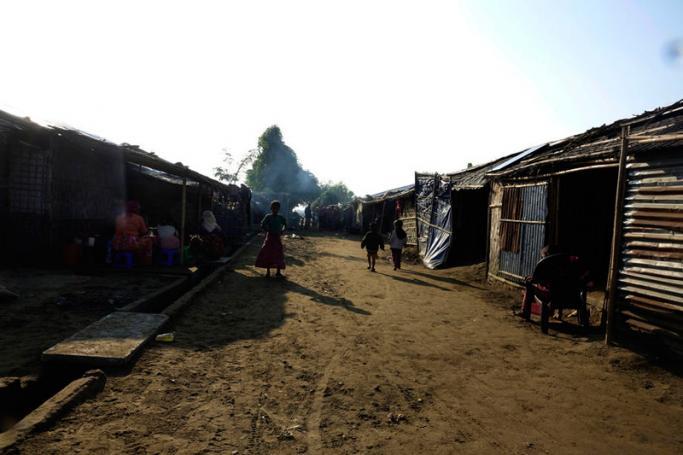A new report by the United Nations Office for the Coordination of Humanitarian Affairs (UNHCR) says that the number of internally displaced people (IDPs) driven from their homes in Myanmar has reached a new high of 453,000 since 1 February 2021.
These include 226,400 IDPs in South-East Myanmar – 91,900 in Kayah State, 51,800 in Shan State South (all towns except Kyethi, Laihka and Mongkaing), 71,800 in Kayin State, 7,500 in Mon State, 2,600 in Tanintharyi Region, 800 in Bago Region and 6,900 in Shan State North. In addition, there are 146,500 IDPs in Sagaing Region, 34,000 in Chin State and 21,400 in Magway Region.
In the South-East, smaller-scale displacement continues while IDPs returning to their place of origin have been reported from Shan State (South) to Kayah State, in areas where fewer clashes have occurred in the past few weeks. IDPs have also been forced to return due to a lack of shelter, food, water and winter items in displacement areas. During the first week of February, for the first time since the beginning of the year, some 400 individuals were newly displaced from Kyaikto Township, Mon State. The cause of this displacement is linked to the intensification of clashes in Hpapun Township, Kayin State and northern Mon State. Amidst the surge in COVID-19 cases across the country, IDPs have also reportedly been infected, including in Loikaw, Kayah State.
In the North-West, armed clashes continue to displace families. There was a significant increase in displacement in the Sagaing Region in comparison to previous weeks with some 10,000 persons newly displaced. Many IDPs are in need of shelter, though displacement remains fluid, with civilians often displaced to nearby mountains or forests for short periods of time. Homes continue to be destroyed throughout the region, hindering return and exacerbating shelter and protection needs.
In Rakhine State, curfews were observed in some townships such as Maungdaw, Buthidaung, Mrauk-U, Minbya, and Kyautaw. Acute water diarrhoea (AWD) – affecting mostly children – continues to be reported in IDP camps, villages, and displacement sites. Timely treatment is hampered by inadequate health care and water sanitation and hygiene (WASH) facilities, movement constraints, systemic discrimination and segregation. This has led to a reliance on traditional healers.












